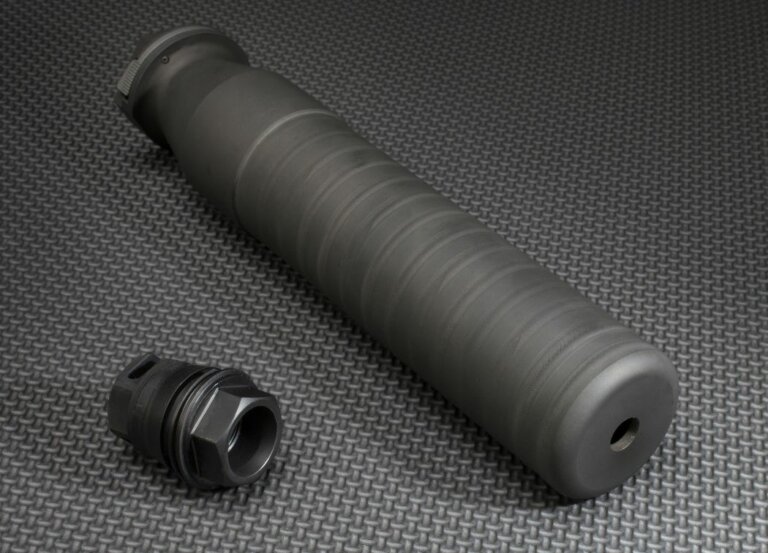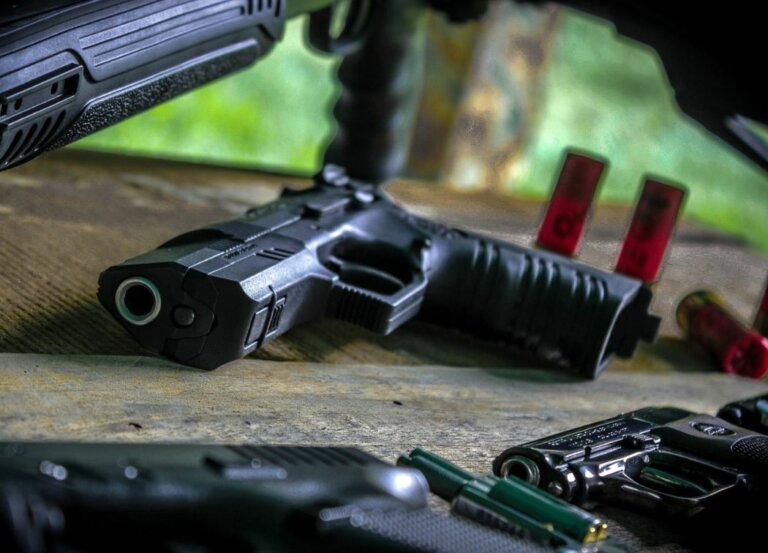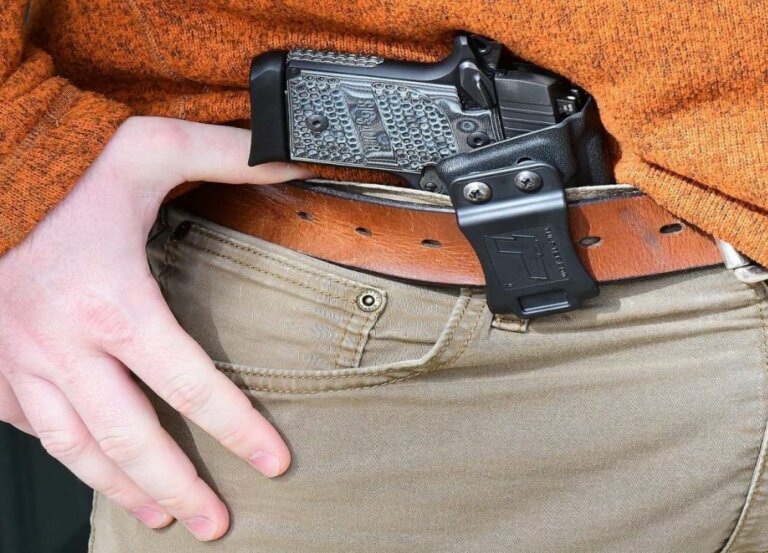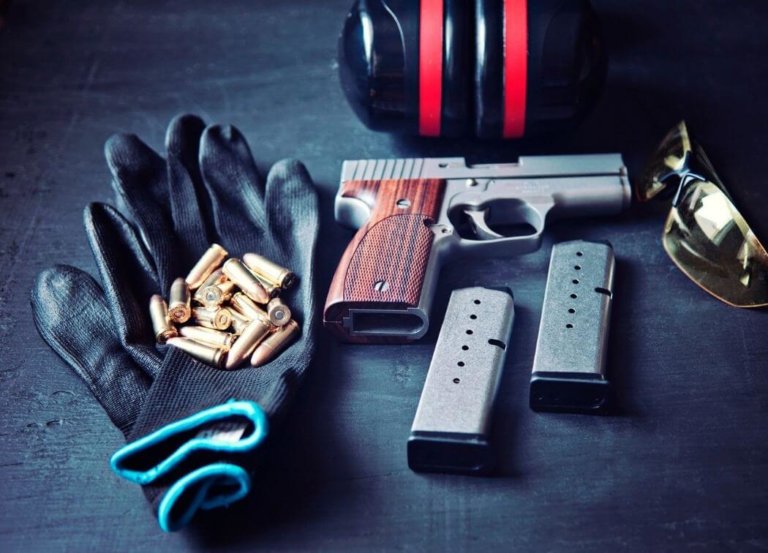Bullet Tips: Understanding Bullets Starting From The Tip
With the wide variety of shooting disciplines out there, from competitive combat and IPSCC to long-range target shooting, hunting, and self-defense, the ammunition industry has developed a range of projectiles that will assist shooters with better performance.
The four main bullet types are Full Metal Jacket(FMJ), Hollow Points (HP), Soft Points (SP), and Ballistic Tips (BT), and each has a different application for the shooters. Knowing which bullet type will deliver optimal performance in your discipline is critical for shooting success.
With all these options, which would be the best for hunting? Which bullet would work better for self-defense, and which projectile would optimize accuracy and grouping for competitive target disciplines? Well, let’s take a look at the complete guide to bullet tips.
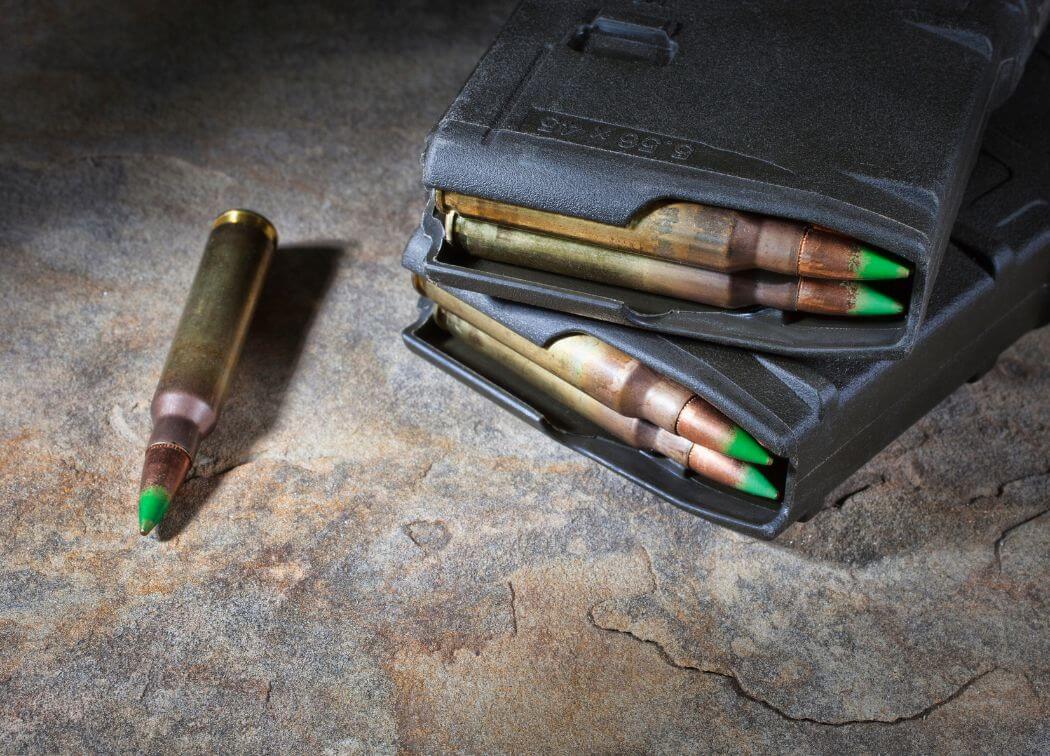
Wound Size And Penetration
Before we look at the bullets themselves, we need to consider the bullet characteristics that shooters look for in their various disciplines.
Shooters would look at consistently accurate rounds at the designated distance for target shooting events, so .22 pistol ammo would be different from long-range rifle ammo for accuracy.
Shooters need reliable ammo in feeding and velocity in simulated combat events, but penetration and expansion are not considered. Both disciplines weigh the cost factor, so FMJ rounds, either reloaded or factory, are often the bullets of choice.
Hollowpoint and soft point bullets are preferred for hunting and self-defense. They will expand penetration and create debilitating wounds and wound channels designed to kill or severely incapacitate the target.
Ballistic tip bullets favor both hunters and competitive shooters as they provide greater accuracy and combine the lethal characteristics of hollow point and soft point bullets.
We will explore these various options in more detail as we look at the bullet tip types individually.
Bullet Tips – Full Metal Jacket
The name was made famous by Stanley Kubrick’s haunting film and is the term given to bullets where the soft lead core is entirely enclosed by a harder jacket, usually made of copper.
These rounds are designed to penetrate the target at high velocity and cause clean wounds. According to the 4th Geneva Convention in 1949, these are the ‘legislated’ rounds for combat. They give the person the highest possible chance of survival – unless, of course, it’s a head or heart shot.
This sentiment was first noted in the St Petersburg Convention of 1868 and carried through to the Hague Convention in 1898, where bullets that expanded or flattened on impact were deemed ‘unfair.’
Ironically, the use of full metal jacket bullets in warfare adds to the debilitation of combat forces as human instinct is to attend to wounded comrades in action. This takes active uninjured combatants out of action as they will stop shooting to attend to soldiers that have been shot.
By legislating against hollowpoint bullets in war, a soldier’s chances of surviving a non-lethal hit are greatly improved. FMJ bullets generally do not fragment on impact and cause multiple wound channels with high-speed bullet fragments.
The FMJ rounds are typically used for target shooting and range practice. They are cheaper and specialized versions like wadcutter bullets are used for target shooting with larger calibers as they create clean ‘cuts’ in the paper for easier identification and visibility.
Plus, you will not blast 100 rounds of your expensive carry ammo at the range when you can shoot twice or even three times that many FMJ factory rounds. From a reloading perspective, FMJ bullets are probably the second cheapest next to lead bullets and are easy to use in reloading.
They are also preferred to facilitate consistent feeding in automatic and semi-automatic weapons. Their very smooth profile requires no modification to feed ramps to prevent the risk of feed jams.
FMJ bullets are not ideally suited for hunting or self-defense as they tend to create smaller wound channels, but while they achieve good penetration in many cases, they will usually pass through the target and risk striking other people in the area.
This is why they are not the preferred choice for law enforcement as they can result in civil liability should an innocent be struck by a bullet that has exited a suspect with enough force to cause injury or death.
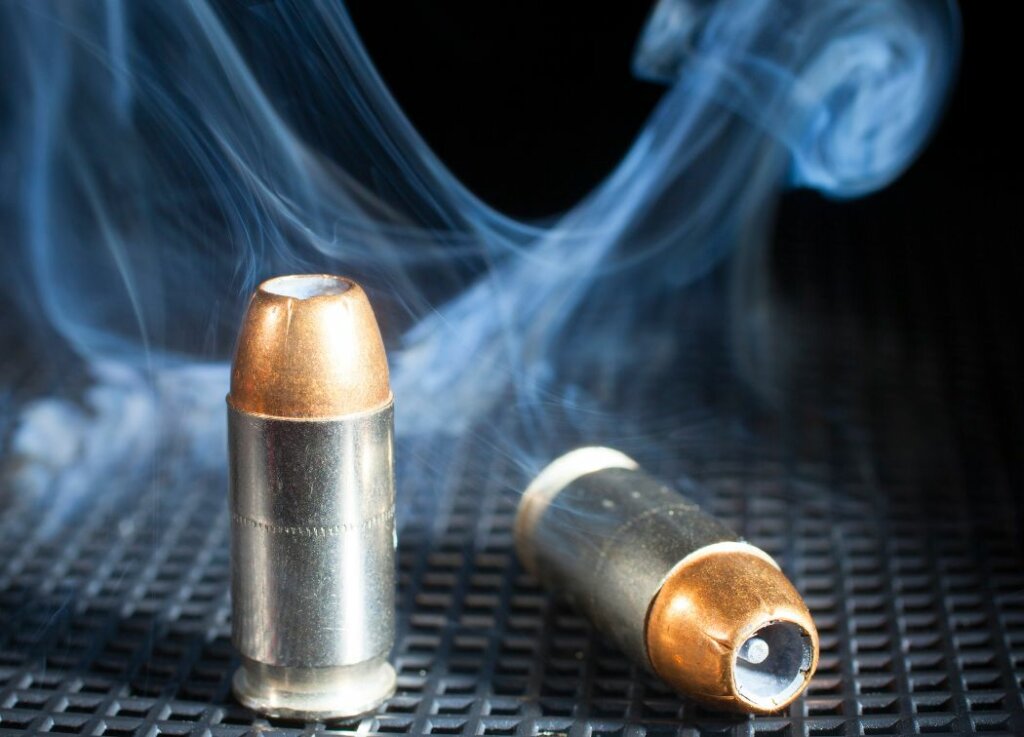
Soft Point Bullets
Soft point bullets are simply where the bullet’s tip is made from a softer material like lead with the harder jacket below it. Upon impact, the soft point expands on impact but still achieves good penetration into the target.
Unlike hollow points, soft points have a slower expansion rate, but they feed better into weapons that may struggle with the straighter edges of the HP rounds. Another consideration is the type of soft point used for your application.
Over shorter ranges with smaller calibers and game targets, you may find that a round nose soft point could be better, while longer-range shots would be better suited to a sharper-angled soft point round with a larger caliber round.
Soft point bullets can also be effective for self-defense rounds as the characteristics that make them well-suited for hunting also apply to human targets, and their smooth feeding profile wouldn’t require any work to feed ramps.
They are also relatively immune to bullet damage during loading or transport, but careless handling can lead to tip deformities, which would affect both accuracy and reliability.
Hollow Point Bullets
These are the ultimate when it comes to penetration and expansion, and this is why both hunters and self-defense enthusiasts are great proponents of these rounds. Their speed of expansion and depth of penetration into targets deliver the quickest and most effective kill shots for both game and human targets.
Law enforcement agencies prefer these rounds as they are unlikely to over-penetrate, and they cause incapacitating wounds that will instantly put suspects down.
The same is true for hunters who require around to take out a dangerous game like predators and even smaller fast-moving targets like varmints. You don’t want to have a wounded bear coming at you because your shot has gone through or not caused enough damage.
You can get different hollow points like the jacketed hollow points that have the cavity surrounded by the metal jacket. The Hornady XTP, Remington’s Golden Sabre, and Federal’s HST rounds are examples of these.
The Black Talon Debacle
Without addressing the Black Talon issue, no discussion on hollow points would be complete.
Introduced in 1991 by Winchester, these petal-shaped hollow point rounds caused a public stir after a shooting in San Franciso left nine dead. Due to a potential lawsuit, Winchester removed the Black Talons for public sale in 1993 and discontinued them totally in 2000.
The controversy arose that the sharp ‘talons’ could cut medical professionals’ gloves ( no evidence of this was ever recorded), and anti-gun lobbyists called the round ‘too deadly’ due to the perception that the steel shards would slice through adjacent tissue at high speed causing additional damage.
Black Talons were never officially banned or outlawed, except in New Jersey, where all hollow point bullets are illegal. Winchester later introduced the SXT (Same Exact Thing was the joke), which is the same round without the characteristic black paint. Still, there is a measurable difference in the projectile’s design when compared side-by-side with the Talon.
Ballistic Tip Bullets
These were first seen more than 80 years ago when Remington introduced their Bronze Point and have become popular with hunters and competitive shooters alike. Most manufacturers produce ballistic tip rounds in a range of calibers.
It should be noted that ballistic tip bullets are almost exclusively made for rifles as they need the extra pressure and velocity to perform. Most handguns would not be shot over long distances where the benefits of increased flight stability of ballistic tips could be gained.
The colorful tips are the most aesthetically attractive, but it is their design and performance that appeal to the shooters as they bring the best of both worlds into a single bullet tip.
The polymer tip gets forced into the bullet core at impact, which creates a super-rapid expansion into the target, resulting in large wounds that incapacitate immediately. The ballistic qualities mean that it retains greater uniformity down the barrel, giving better stability in flight and greater accuracy.
This means tighter grouping and more precision; for the hunters, it’s more significant chances of single-shot kills from greater distances, especially on larger game.
One of the drawbacks of these rounds is that the polymer tips are susceptible to damage during handling and transport and when feeding into the chamber, so some light feed ramp grind may be required if you are going to use these.
Conclusion
Aside from the investment made in your firearm, the second most crucial element is the ammo, and many shooters that seek the ‘cheapest’ option will end up using FMJ factory rounds.
Knowing what type of bullet tip will be most effective in your chosen shooting sphere is key to achieving the optimum performance and results from your shooting; whether it’s hunting, targets, or self-defense, the right bullet tip is often the difference between mediocre results and top-level success.

